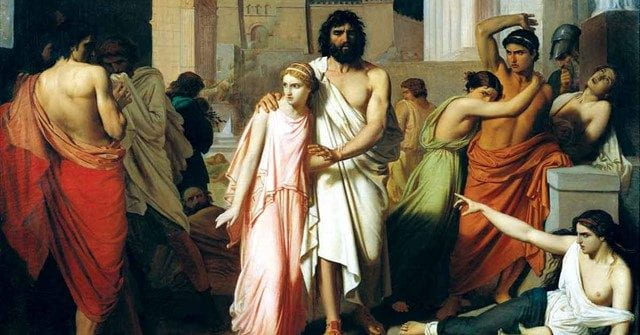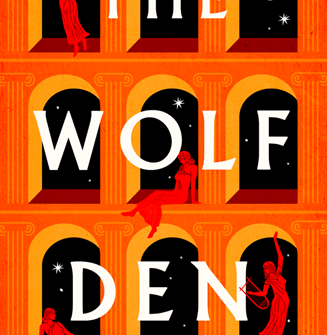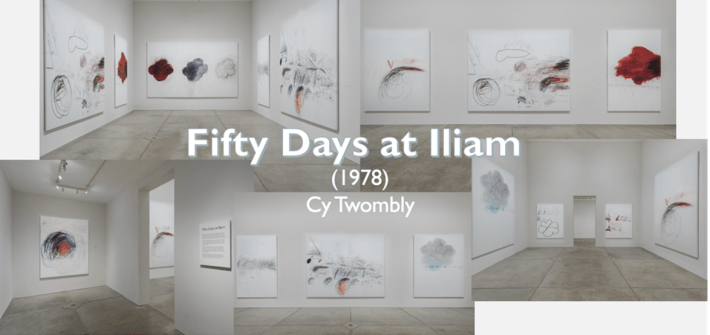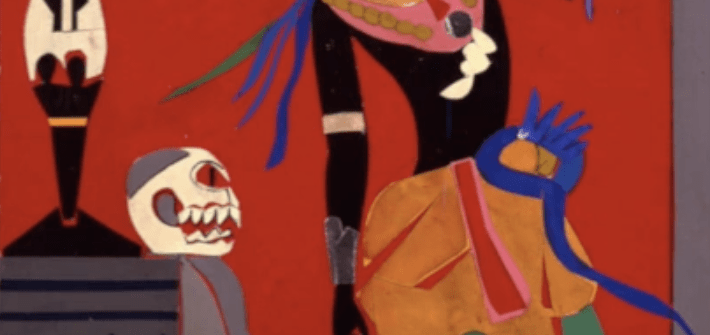A Brief History of Common Latin and Greek Sayings
By Adrian Altieri
As a language rich in vocabulary, English is often able to encapsulate many complex ideas on its own. A large proportion of English vocabulary is derived from Latin via French, and many other terms are descended from Ancient Greek. However, in certain cases, it is best to leave phrases in their original languages, allowing for a faithful transmission of…









